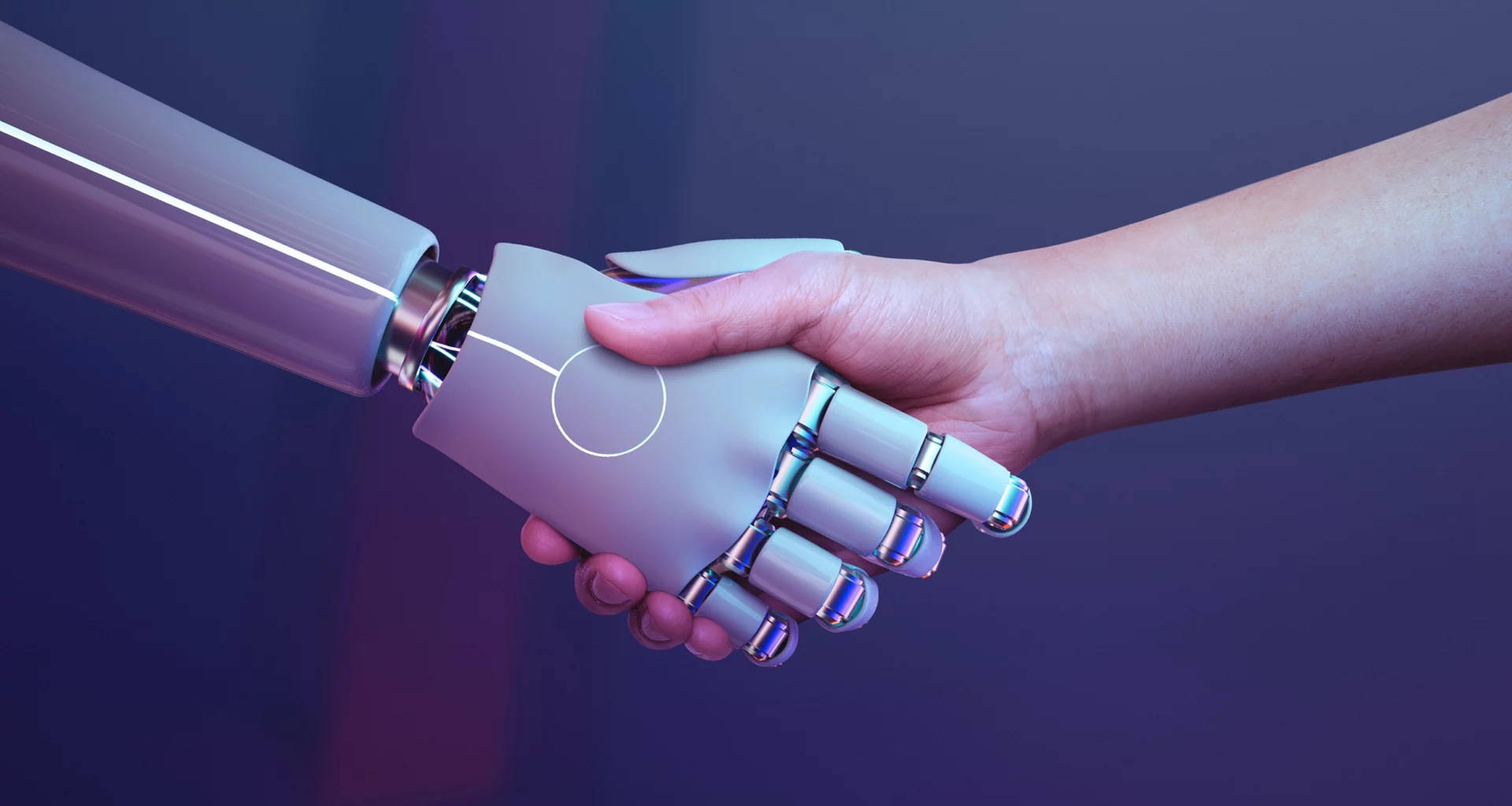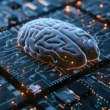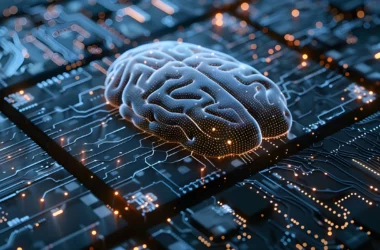At its core, artificial intelligence refers to the simulation of human intelligence processes by machines, particularly computer systems. These processes include learning (the acquisition of information and rules for using it), reasoning (using rules to reach approximate or definite conclusions), and self-correction. Essentially, AI aims to create systems that can perform tasks that typically require human intelligence.
AI can be broadly classified into two categories:
Narrow AI (Weak AI)
Narrow AI is designed to perform specific tasks or solve particular problems. It operates under a limited set of constraints and can’t generalize its learning to other areas. Examples include:
Image Recognition Software: Tools that can identify and categorize images, often used in security systems and social media.
Voice Assistants: Programs like Siri and Google Assistant that can answer questions and perform simple tasks.
Recommendation Systems: Algorithms used by platforms like Netflix or Amazon to suggest products based on user behavior.
General AI (Strong AI)
General AI, still largely theoretical, refers to a type of AI that possesses the ability to understand, learn, and apply intelligence across a wide range of tasks, much like a human. This type of AI would be capable of reasoning, problem-solving, and understanding complex concepts. While researchers are making strides toward developing General AI, we are still far from achieving it.
Key Technologies Behind AI
Several technologies and methodologies are foundational to AI development:
Machine Learning (ML): A subset of AI that enables systems to learn from data and improve their performance over time without being explicitly programmed. ML includes techniques like supervised learning, unsupervised learning, and reinforcement learning.
Deep Learning: A subset of machine learning that uses neural networks with many layers (hence “deep”) to analyze various factors of data. It is particularly effective in image and speech recognition.
Natural Language Processing (NLP): This technology allows machines to understand, interpret, and respond to human language in a meaningful way. NLP powers applications such as chatbots and language translation services.
Applications of AI
AI is transforming industries and enhancing our daily lives in numerous ways:
Healthcare: AI systems analyze medical data to assist in diagnosis, predict patient outcomes, and even discover new drugs.
Finance: AI algorithms are used for fraud detection, risk management, and algorithmic trading, helping institutions make informed financial decisions.
Transportation: Autonomous vehicles rely on AI for navigation, obstacle detection, and traffic management, promising to revolutionize how we travel.
Customer Service: AI-powered chatbots provide instant responses to customer inquiries, improving efficiency and customer satisfaction.
Entertainment: AI algorithms curate content, recommend shows, and even create music and art, reshaping the creative landscape.
Relationships: The emergence of an AI girlfriend industry could revolutionize how we perceive relationships in the digital age.
The Future of AI
As AI continues to evolve, it presents both exciting possibilities and significant challenges. The potential for increased efficiency and productivity is immense, but ethical considerations around privacy, bias, and job displacement must be addressed.
Researchers and policymakers are actively working to create frameworks that ensure AI is developed and used responsibly. Ensuring transparency, accountability, and fairness in AI systems will be crucial as we navigate this rapidly changing landscape.
Artificial Intelligence is a powerful tool that has the potential to reshape our world. By understanding its definition, types, and applications, we can better appreciate the opportunities and challenges that lie ahead. As we embrace the future of AI, it is essential to foster a dialogue about its ethical implications, ensuring that this technology benefits society as a whole.








